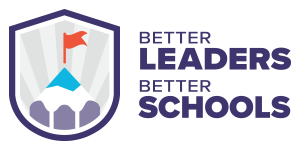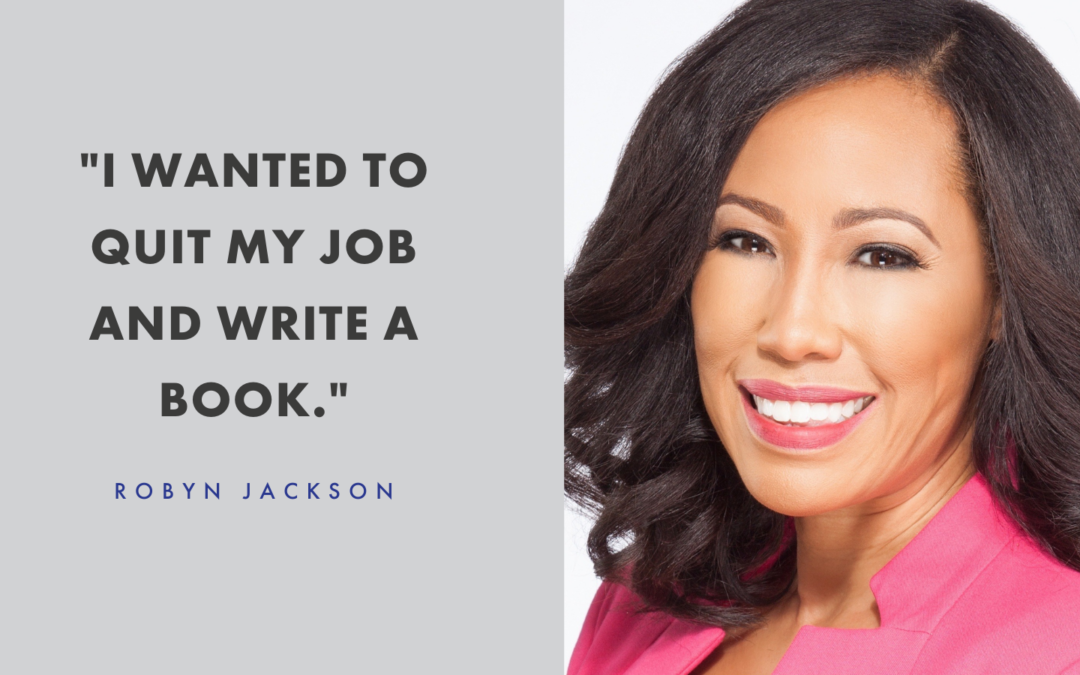[listen to the podcast that inspired this post here]
Disciplines and rituals.
We all question our role from time to time. Something seems stale, out of place. Or you see someone in another position and start to wonder, “Is that something I could do?” But how do we jump from that thought to the courage to actually make a change and start something new? Robyn talked about a lot of the credit going to her morning rituals of morning pages and prayer.
I had never heard of morning pages before, so I looked it up. What I found were many case-studies from high-achievers discussing the importance of this discipline.
Developed by Julia Cameron, author of The Artist’s Way, morning pages are as they sound, three pages, handwritten in the morning. The goal is to just write whatever is on your mind, trying not to stop. You don’t have to save the pages or revisit them. You simply write.
The benefits of this practice include a sense of clarity. Robyn was able to offload her mind before other needs and ideas were being pushed her way. Once it was on paper, those thoughts could roll around in her subconscious. When she was presented with the opportunity to fast-track and become a lead principal, she had processed the answer enough times, both on paper and subconsciously, that the words just came out, “I want to quit my job and write a book!” In the moment, speaking those words surprised her, specifically with the amount of clarity and relief she felt. This sense of clarity is something that I found to be common with others I read about when I was looking up morning pages. Others who had started this practice found that offloading their stream of consciousness first thing in the morning allowed them to have clarity throughout the day.
What disciplines and rituals can help you find clarity? If you already have a similar practice, maybe it’s time to say a few of these thoughts out loud. I find the practice of morning pages to be fascinating but haven’t started this for myself. I’m just not a morning person…yet (more on that below).
Finding and removing false barriers.
During Robyn’s interview, she described a longing to write a book, but when she actually thought about it, she kept seeing barriers. After finding clarity to quit her job and write a book, the reality of not having an income, a publisher, or even a book title started to seep in. These things could have very well impacted her decision in a way that would have kept her from achieving her dream, but she realized that these barriers were just false barriers; things that pose as barriers, but actually have fairly simple solutions. Robyn realized that if she just started working toward her dream, some of these things would fall away naturally.
False barriers exist in all of our lives. I used to wait until night to exercise because I believed I wasn’t a morning person. I would slog through my workday, come home, spend time with my family, and when it came time to work out, I didn’t have much left in the energy or motivation tanks. Then COVID-19 hit, and suddenly I was working from home, without a commute, and some extra time in the mornings that I never had (or never gave myself). I started a simple exercise routine that I could finish before needing to be at my computer. Nine months later, this routine is still going strong. I still don’t categorize myself as a morning person, but I’ve come to realize that exercising first thing in the morning actually energizes me for the day, and I have more to give to my job and my family. The opportunity was there all along. I could have been doing this for years, but I believed in a barrier that didn’t even exist.
What are your false barriers? What are you telling yourself that keeps you from achieving your dreams? What’s one thing you can do today to begin to debunk what you thought to be true?
Creating 100% visions.
Robyn found that most visions in the education world are lacking, and fail to meet 100% of the students being served. An example might be, “By next year, 80% of the students in this school will be reading on grade level, increasing from this year’s 70%.” On paper, that might seem like a great goal, but in reality, what if you are one of the 20% kids? How inspiring is it that in this scenario, the school plans to have 20% of their students not reading on grade level?
Instead, Robyn challenges school leaders to write a vision that is for 100% of their students. So in our example above, we can change it to, “By year ____, 100% of the students will be reading on grade level.” Many people look at this and think it’s impossible, but that’s because they are imagining the school they have now, instead of the school they need to have in order to achieve this goal.
What needs to change at your school or in your division in order for you to achieve a 100% vision? We may not all reach these visions in the first year, but the changes that you put in place in order to get closer to this vision will likely be bolder, more impactful than if you had stuck with the 80% vision. You will likely need to define new disciplines and routines that carry across all parts of your building and then find and remove real and false barriers by supporting your faculty along the way. After a year or two of driving toward your vision in this way, it would be hard to imagine not getting closer to 100%, and that is inspiring.
Get the Vivid Vision Video Course
I created a five module video course FREE to help you craft your Vivid Vision.[listen to the podcast that inspired this post here]
About the Author
Jesse Rodriguez is a curious educator, dabbler, thinker, husband, and dad who believes that the best seat in the house is often found behind the scenes.



